APRA has released a discussion paper on making changes to the related parties framework for ADI’s. As APRA says an ADI’s associations with related entities can expose the ADI to substantial risks, including through financial and reputational contagion. Complex group structures may also adversely impact on the ability of an ADI to be resolved in a sound and timely manner. The consultation period open until 28 September 2018 and changes would come into force in 2020.
The existing requirements established by the Australian Prudential Regulation Authority (APRA) for authorised deposit-taking institutions (ADIs) governing associations with related entities are a long-standing and important component of the prudential framework for ADIs. The requirements have not been materially updated since 2003.
Since then, international developments have emphasised that deficiencies in prudent controls can expose an ADI to substantial risks in relation to its related entities. For example, during the global financial crisis, reputational pressures meant that overseas banks were inclined to support, often beyond their legal obligations, certain funds management vehicles that suffered significant falls in value or impaired liquidity. In effect, these banks were exposed to substantial credit and liquidity risks through their associations.
APRA is proposing to update its existing related entities framework to account for lessons learned from the global financial crisis on mitigating the flow of contagion risk to an ADI, particularly from related entities, and incorporate changes to the revised large exposures framework, published in December 2017. This update includes revisions to the:
- definition of related entities to capture all entities (including individuals) that may expose the ADI to contagion and step-in risk. This is expected to impact all ADIs;
- measurement of exposures to related entities by aligning with requirements in the revised large exposures framework. This is expected to impact all ADIs;
- prudential limits on exposures to related entities. APRA is proposing to adjust the size of the limits and align the capital base used in limit calculations with the more appropriate Tier 1 base now used in the revised large exposures framework. The proposal is expected to primarily impact ADIs that have a small capital base;
- extended licensed entity (ELE) framework by amending the criteria for a subsidiary to be consolidated in an ADI’s ELE. This is expected to impact those ADIs that utilise the ELE framework and particularly those that have offshore ELE subsidiaries, which hold or invest in assets; and
- reporting requirements to capture more prudential information on substantial shareholders and subsidiaries that are treated as part of an ADI’s ELE. This is expected to impact more complex ADIs.
The impact of the proposed changes on each ADI will depend on, among other factors, the number and size of entities captured by the proposed definition of related entities; the size of exposures to related entities relative to an ADI’s capital base; the extent to which an ADI undertakes business through subsidiaries; and differences in how an ADI currently measures to related entities compared with the proposed methodology.
APRA is cognisant of the impact these reforms may have on ADIs and is particularly interested in receiving feedback on whether the proposed reforms best meet APRA’s mandate to improve financial safety and financial system stability without material adverse impacts on efficiency or competition. ADIs are encouraged to provide alternative proposals where it is considered that an alternative will better meet the prudential objectives.
APRA is seeking feedback on the proposed amendments with the consultation period open until 28 September 2018. Given the potentially material nature of the proposals, APRA anticipates that a finalised framework would come into force on 1 January 2020, with transition potentially offered to ADIs that are most impacted by the reforms.


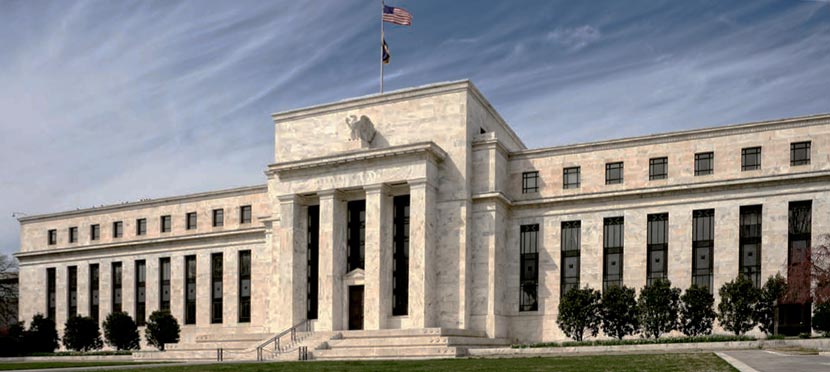



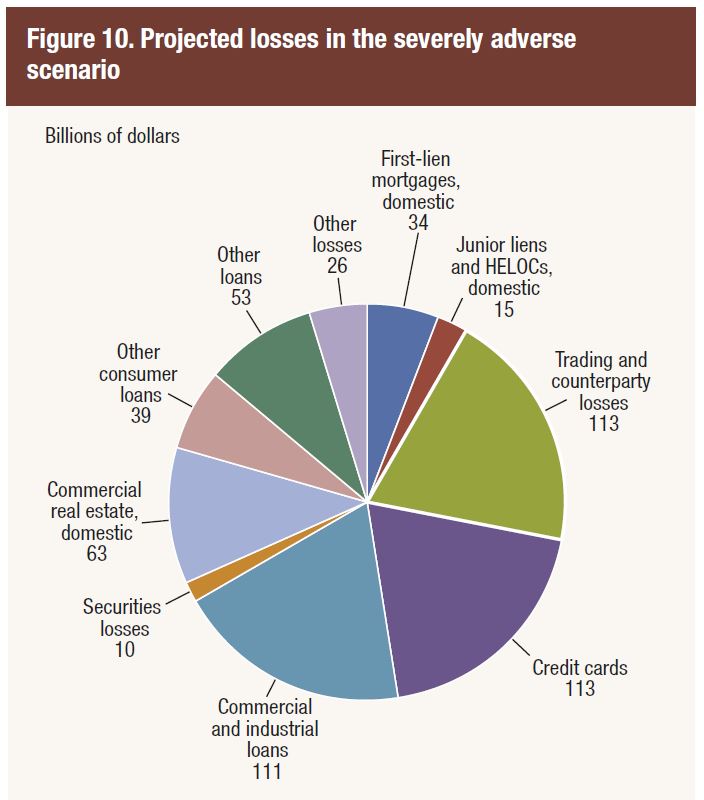
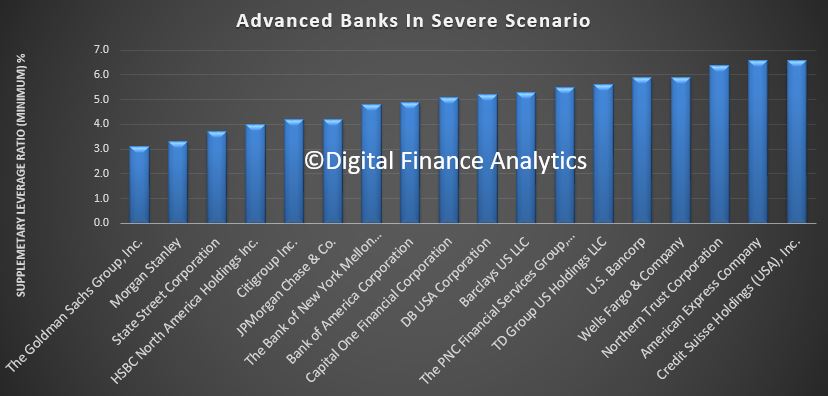
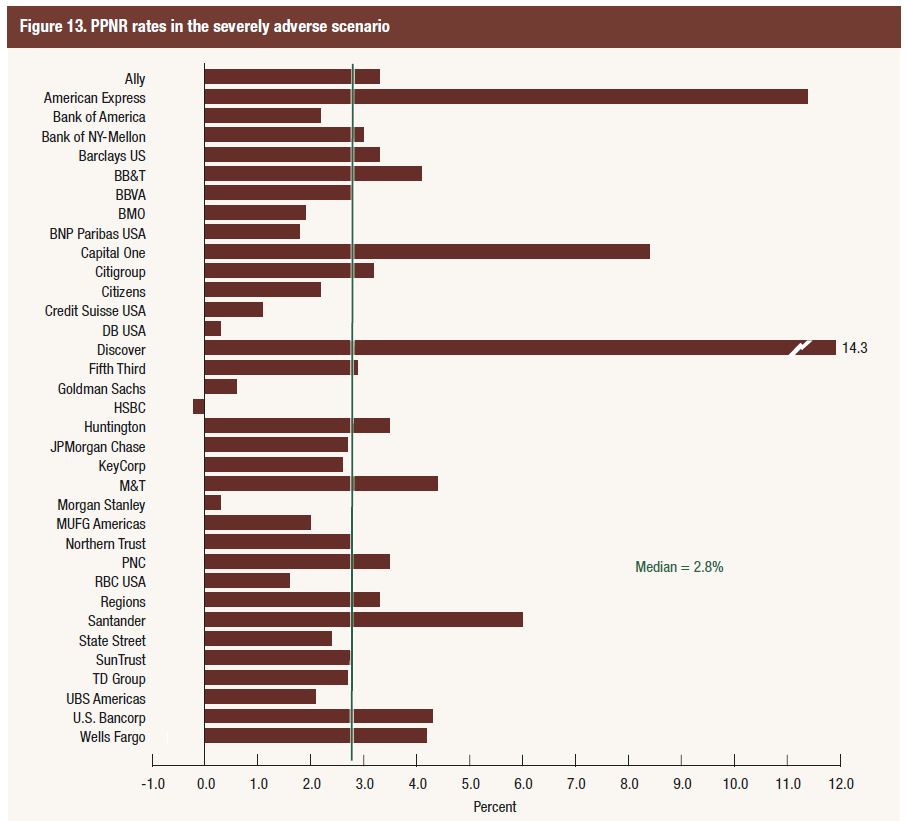
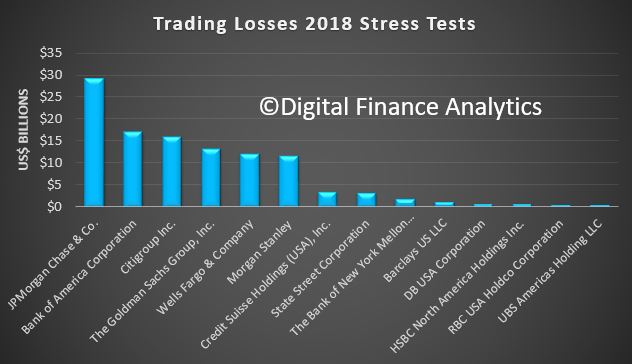
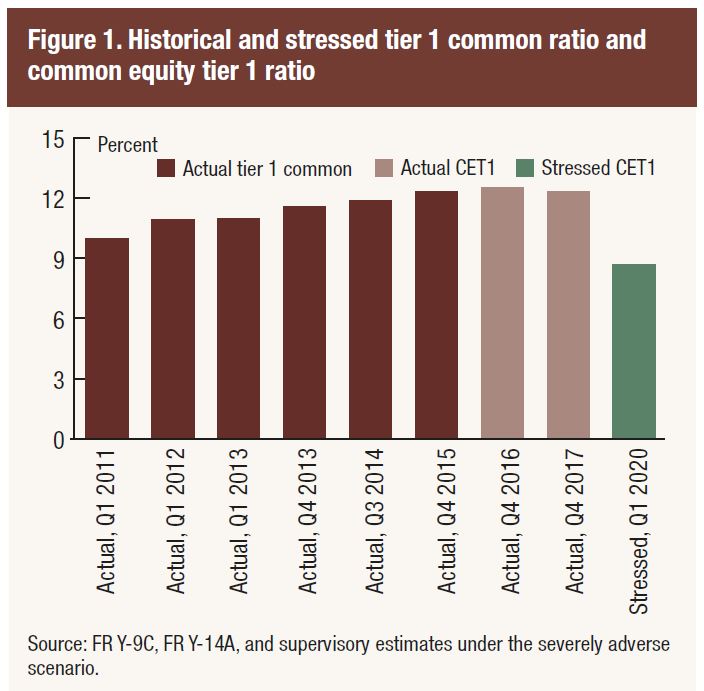
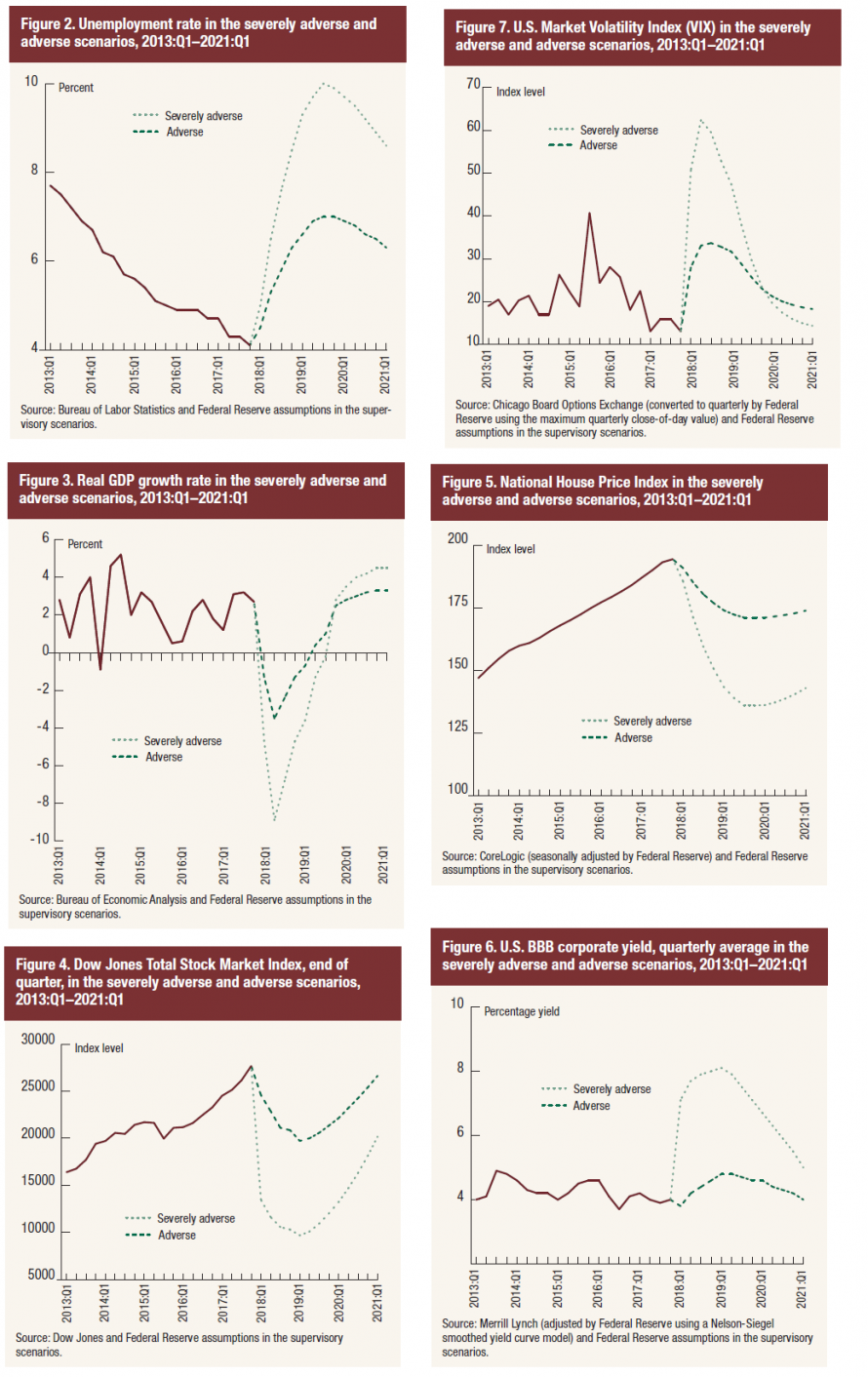

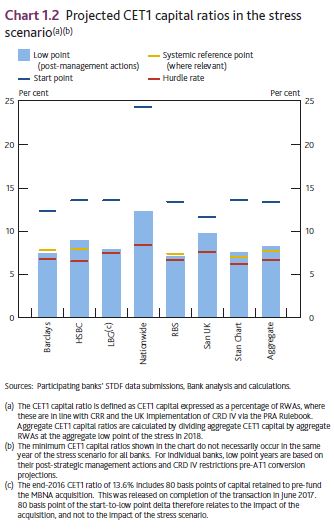
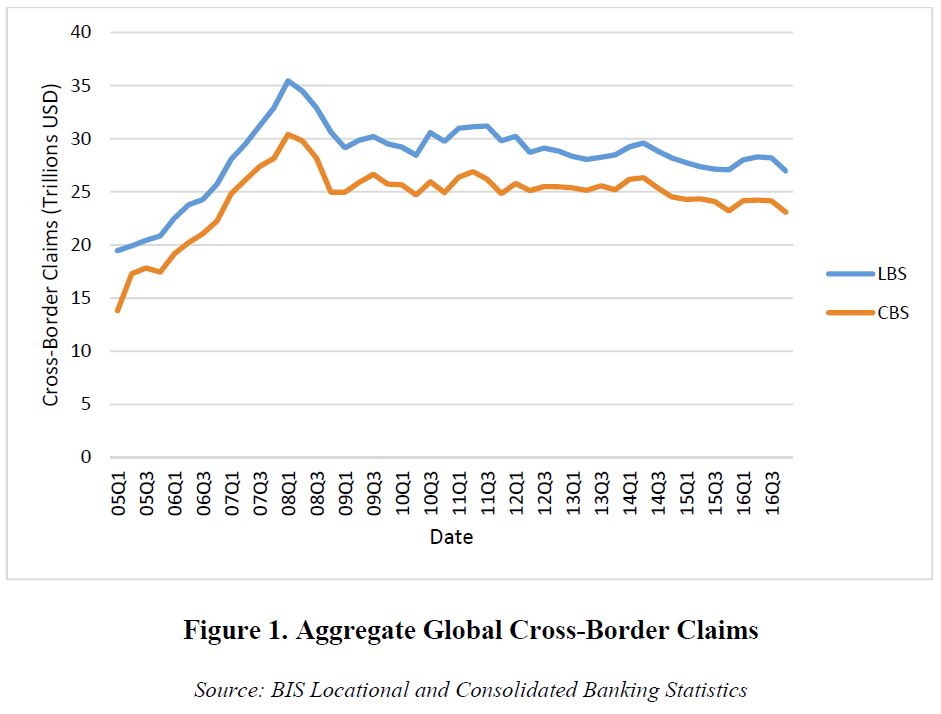
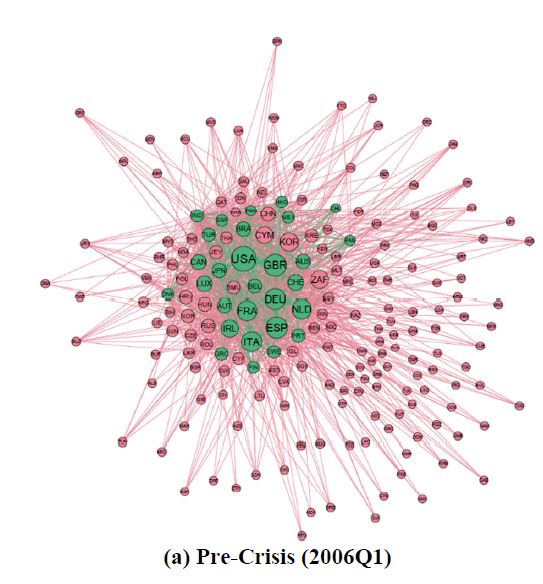

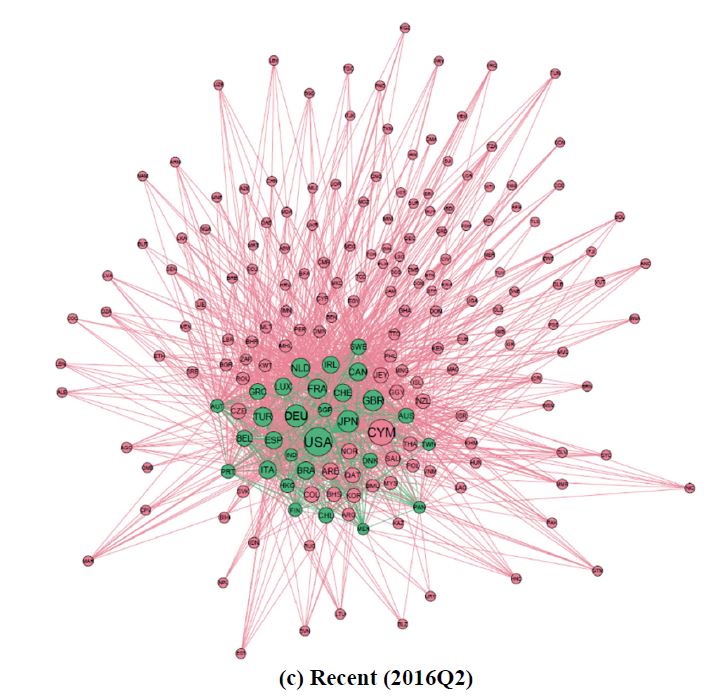

 Melbourne’s southern and western suburbs and CBD will be worst affected. Photo: Coastalrisk.com.au
Melbourne’s southern and western suburbs and CBD will be worst affected. Photo: Coastalrisk.com.au The prediction for the Gold Coast is dire. Photo: Coastalrisk.com.au
The prediction for the Gold Coast is dire. Photo: Coastalrisk.com.au Newcastle and the NSW Central Coast will be inundated. Photo: Coastalrisk.com.au
Newcastle and the NSW Central Coast will be inundated. Photo: Coastalrisk.com.au